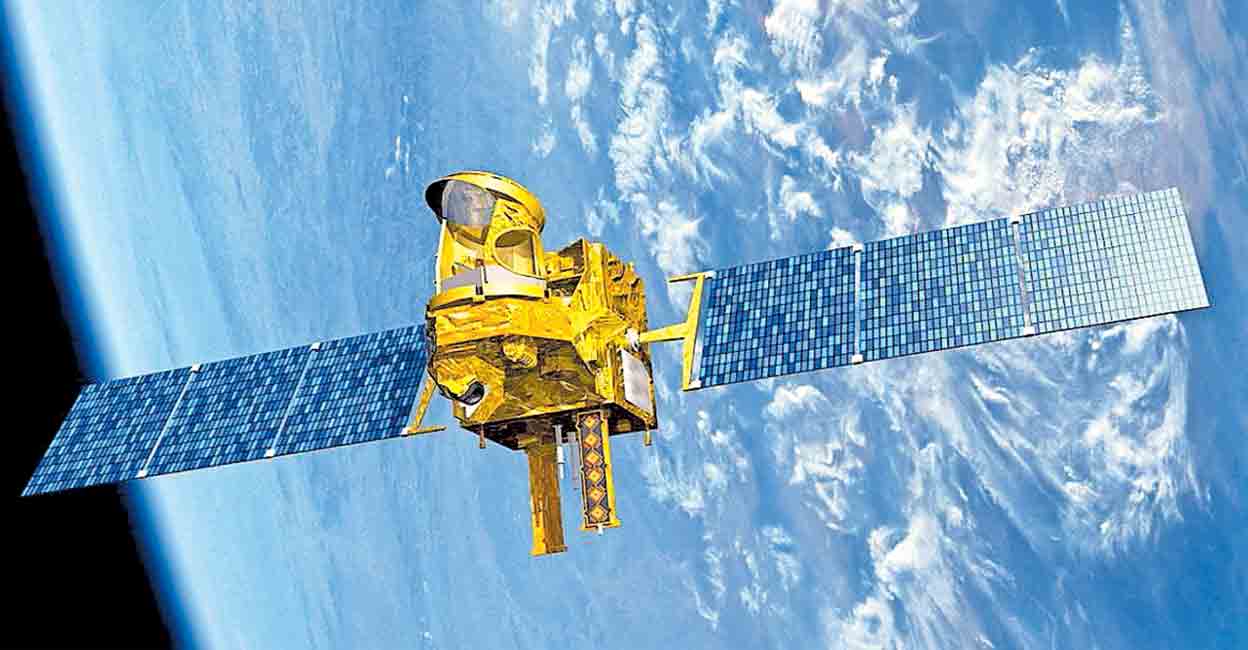What are Megha-Tropiques-1?
The Indian Space Agency ISRO is conducting a controlled re-entry of a decommissioned Indo-French satellite, Megha-Tropiques-1 (MT1), jointly developed to study tropical weather and climate. The satellite was launched in 2011 and exceeded its intended operational lifespan until 2021.
What is ISRO’s plan on Megha-Tropiques-1?
Rather than letting it become space debris for over 100 years, ISRO is using its remaining on board fuel to precisely maneuver the satellite for a controlled atmospheric re-entry, predicted to splash down in the Pacific Ocean. ISRO involved experts across multiple domains to plan and ensure safe execution of the re-entry, given the satellite’s age and the risks of accidental break-up in space. This is in line with ISRO’s commitments to the UN Inter-Agency Space Debris Coordination Committee. The UN requires the de-orbiting of end-of-life satellites.
What is Megha-Tropiques-1?
The Megha Tropiques was launched in 2011. The main objective of the satellite mission was to study the water cycle. The satellite was developed by ISRO and CNES. During its operation, the satellite studied the water cycle in the tropical atmosphere and how climate change will affect the water cycle.
What was the base of Megha-Tropiques-1?
GEWEX. Global Energy and Water Exchanges project.
The Megha-Tropiques was designed based on the GEWEX. It was a research project of the World Climate Research Programme. GEWEX did a wide analysis of aerosols in the atmosphere. It brought results on surface radiation, global precipitation, and how water cycle has changed in the last decade, etc. It also studied the boundary layers in the atmosphere.
What were the payloads of Megha-Tropiques-1?
- MADRAS: Microwave Analysis and Detection of Rain and Atmospheric Structures: It was a microwave imager
- SAPHIR: Sounder for Probing Vertical Profiles of Humidity: It was a sounding instrument to study the absorption band of water vapour
- SCARAB: Scanner for Radiation Budget: It was based on the Russian satellite models of measuring longwave radiances
Month: Current Affairs - March, 2023
Category: Science & Technology Current Affairs


